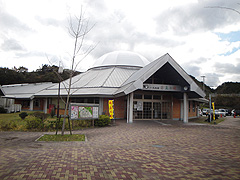
天然温泉 日王の湯
高齢者にやさしい階段のないバリアフリーの温泉施設。サウナは高温と低温の2種類があり、電気風呂、ジャグジー、露天風呂、家族風呂などがある。シャンプーなどは無料配置。レストランにて和食を提供している。隣に日王山と総合公園があり、春は桜が美しく、家族で楽しめる。
Info
Business Hours
Price
Spot Category
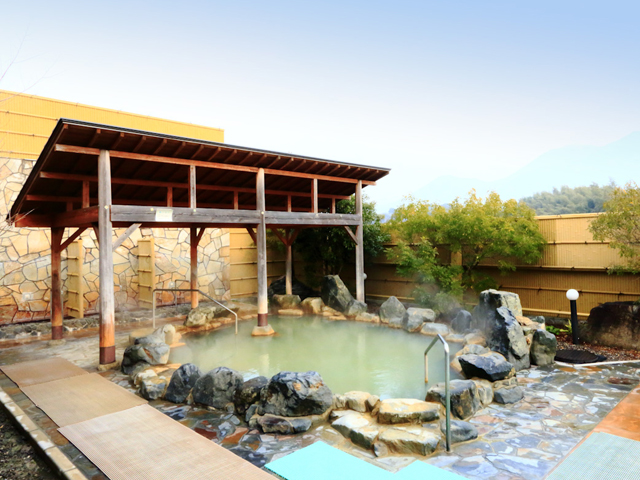
福智山と名付けられた露天風呂

源泉浴槽は加温加水なしの温泉が満喫できる
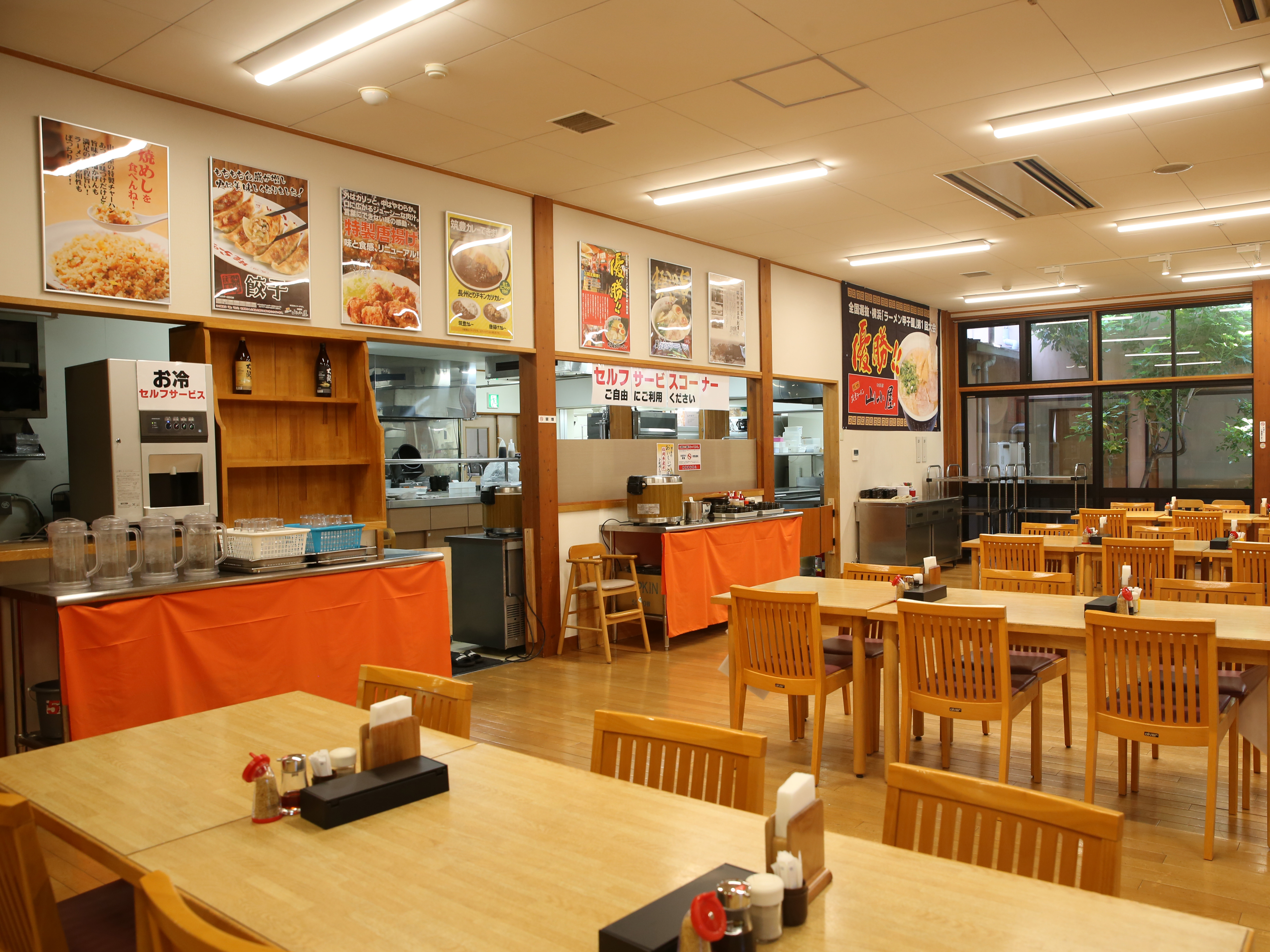
筑豊ラーメン山小屋、ラーメンはもちろん定食やうどんもある
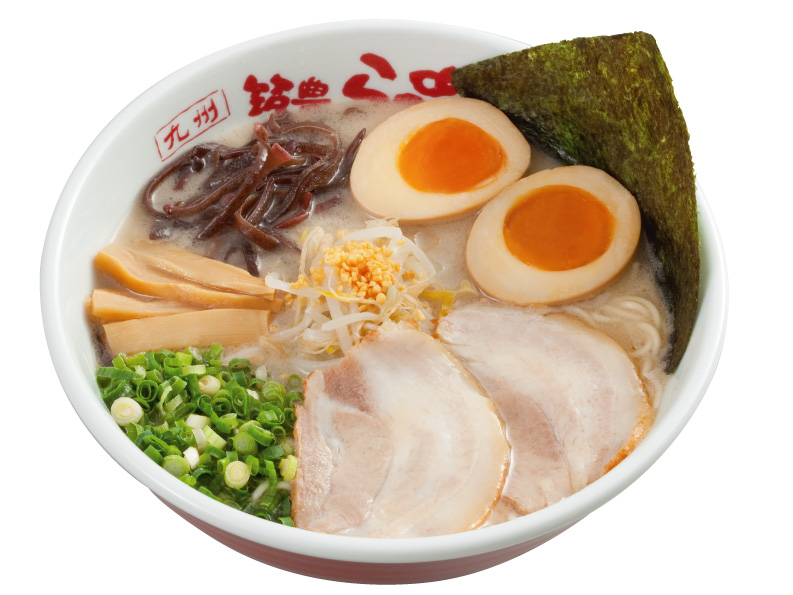
筑豊ラーメン山小屋定番メニュー、昭和(むかし)ラーメン
The information provided reflects the details available at the time of the survey.
Please note that facility details may change due to the facility’s circumstances, so please check for the latest information before visiting.
This content has been translated using machine translation.
Information provided by: JTB Publishing
The content uses an automatic translation service, which is not always accurate.
The translated content may be different from the original meaning, so please understand and use it.

高齢者にやさしい階段のないバリアフリーの温泉施設。サウナは高温と低温の2種類があり、電気風呂、ジャグジー、露天風呂、家族風呂などがある。シャンプーなどは無料配置。レストランにて和食を提供している。隣に日王山と総合公園があり、春は桜が美しく、家族で楽しめる。

A town where temples were collected during the Edo period for the defense of Kurume Castle. It is lined with 17 temples, and still retains the features of the Edo period. In each quaint temple there are tombs of many of the predecessors who were active in Kurume. The most well-known people are King Shishi Takayama Hikokuro, the founder of Kurume mochi, Inoue Den, the founder of Kurume Atsuji, Motozo Sakamoto, and the Western painter Harue Koga.
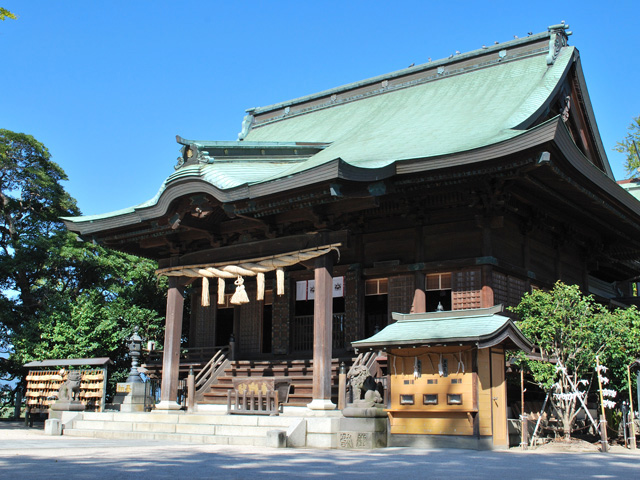
Sōhō-gū of Suiten-gū, which is located throughout the country. The beginning was that Ise, who served Emperor Andoku's birth mother, Takakura Taira Nakamiya [Azechi no Tsuboune], enshrined the spirit of the Heike, who had perished in the Battle of Nōnoura, to mourn. It is known as the guardian deity of asanis, child-giving, water-relief, and children.
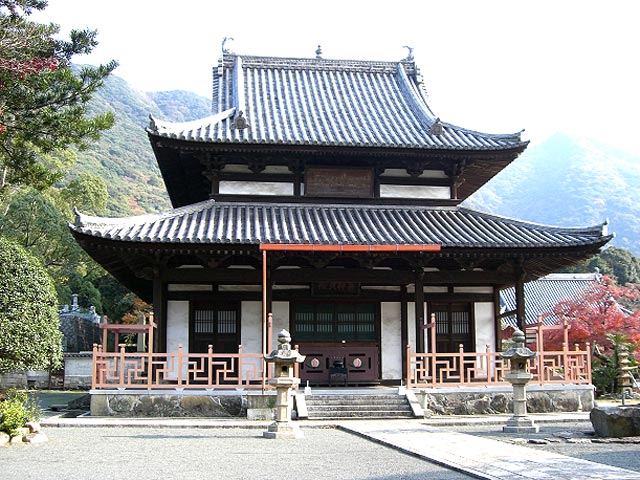
The temple of Obaku sect in a corner of Adachi Forest Park. The feudal lord, Tadamasa Ogasawara, was erected in Kanbun 5 (1665). It was later vanished by military fire and fire of Chōshū Cavalry at the end of the Tokugawa period. The main hall was rebuilt in Kyoho 2 (1717). Kaesando and others were built after the Meiji era. There is a garden behind the main hall, and the Sesshu Garden, which has natural stones in a borrowed view of Mount Ashitate, is a must. Please note that some of the precincts in the direction of the back mountain are unwatchable.
This website uses cookies so that we can provide you with the best user experience possible. Cookie information is stored in your browser and performs functions such as recognising you when you return to our website and helping our team to understand which sections of the website you find most interesting and useful.
Strictly Necessary Cookie should be enabled at all times so that we can save your preferences for cookie settings.
If you disable this cookie, we will not be able to save your preferences. This means that every time you visit this website you will need to enable or disable cookies again.
